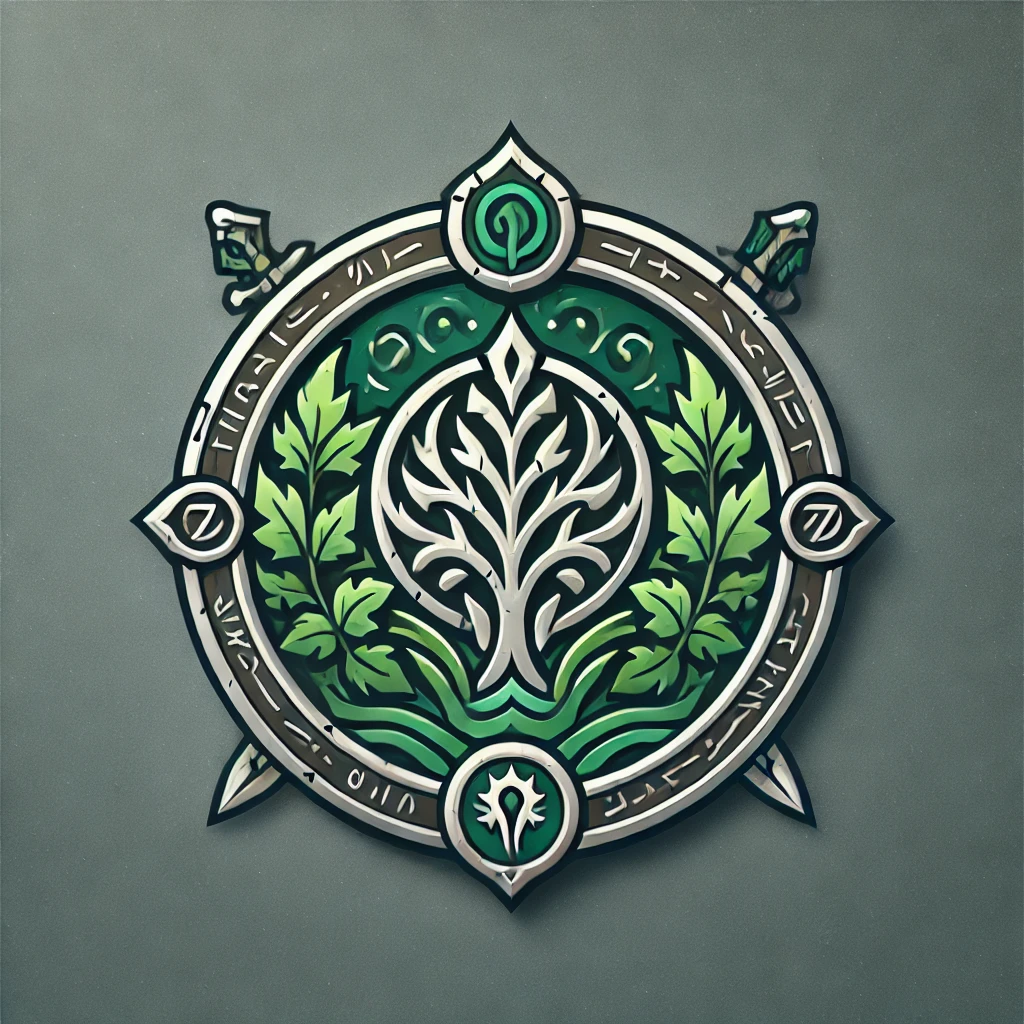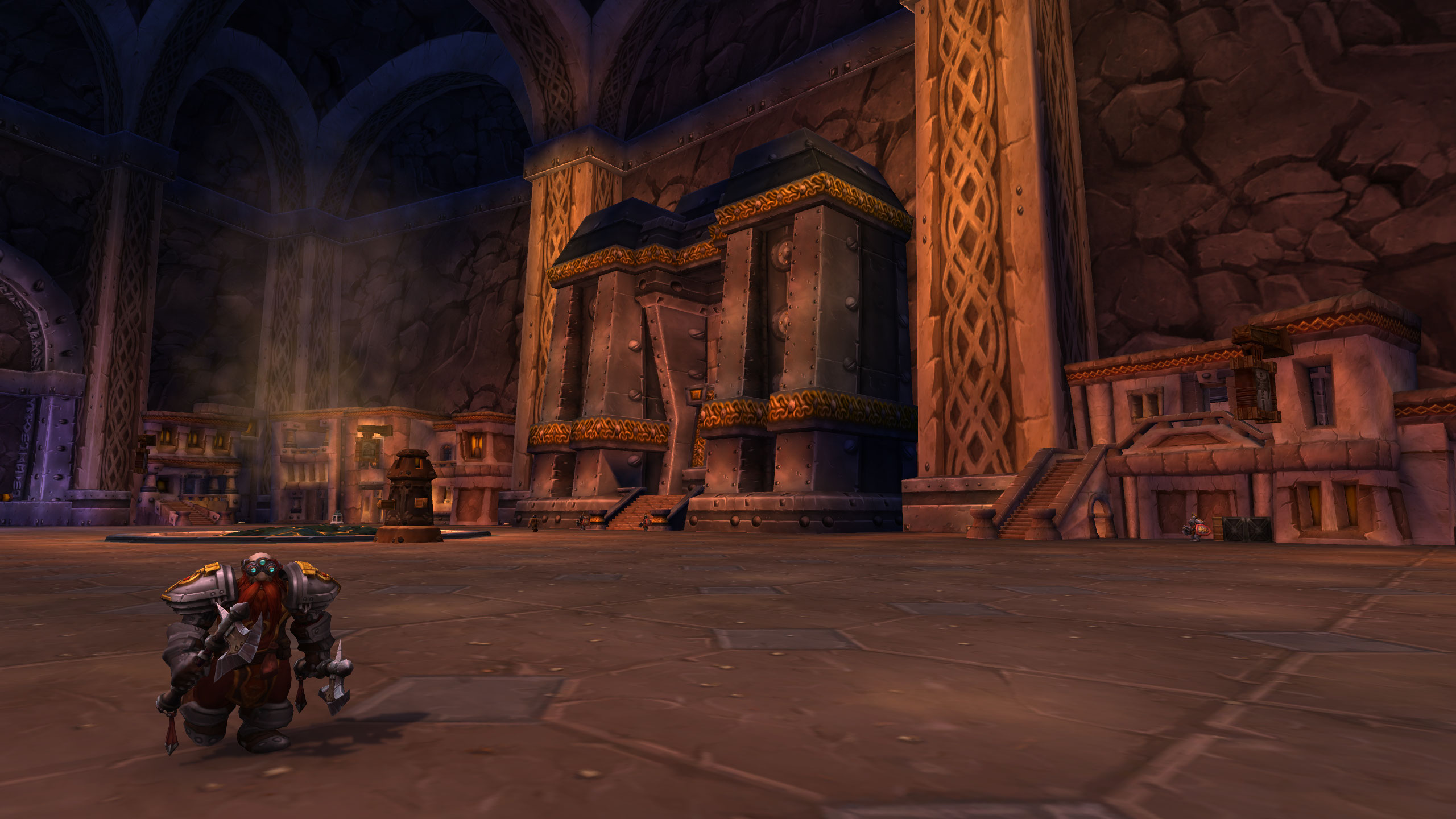Deep beneath the mountains of Azeroth, the Dwarven clans have long lived in isolation, each guarding their own traditions, territories, and grudges. For centuries, tensions between the Bronzebeard, Wildhammer, and Dark Iron clans have sparked rivalries and even skirmishes, especially during moments of political instability. But recent events have shifted the balance. The discovery of ancient Titan constructs, the resurgence of void corruption, and the increasing activity of Nerubian forces beneath Khaz Algar have pushed these proud Dwarves to reconsider their long-held divisions. It is no longer enough to fight alone; survival may depend on unity. And thus, the Dwarves have begun forging new alliances, not only in name but in shared goals and defense strategies. What began as uneasy cooperation has grown into something deeper: a cultural renaissance and a military coalition. Dwarven unity, once thought impossible, may now be the key to safeguarding Azeroth’s subterranean heartlands.
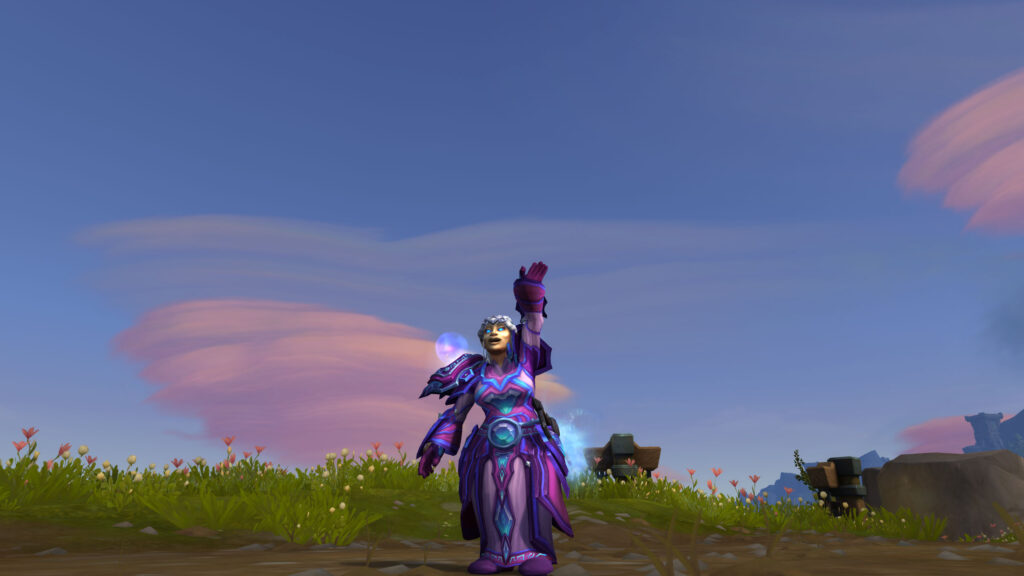
Legacy of the Clans
The three major Dwarven clans each carry a rich and storied heritage that has shaped their identities. The Bronzebeards, often viewed as the standard-bearers of Dwarven culture, have ruled from Ironforge with discipline, reason, and craftsmanship. Their connection to the Titans runs deep, especially through their studies of Uldaman and other ancient sites. In contrast, the Wildhammers dwell in the heights of Aerie Peak and maintain a spiritual bond with the skies and nature. Known for gryphon-riding and shamanistic traditions, they are fierce warriors and deeply protective of their ancestral lands. Meanwhile, the Dark Iron clan was once exiled, marked by betrayal and domination under Ragnaros the Firelord. After breaking free of his control, they have slowly rebuilt their place among the Dwarves. Led by Queen Moira Thaurissan, they bring unmatched mastery of elemental forging and battle-hardened resilience. Each of these clans contributes uniquely to a unified Dwarven front.
Why Unity Matters
- Unified strategy across tunnels, peaks, and fortresses
- Pooling of rare resources and relics from all territories
- Greater defense against underground invasions
- Cross-clan military training and cooperation
- Shared technology and blacksmithing advancements
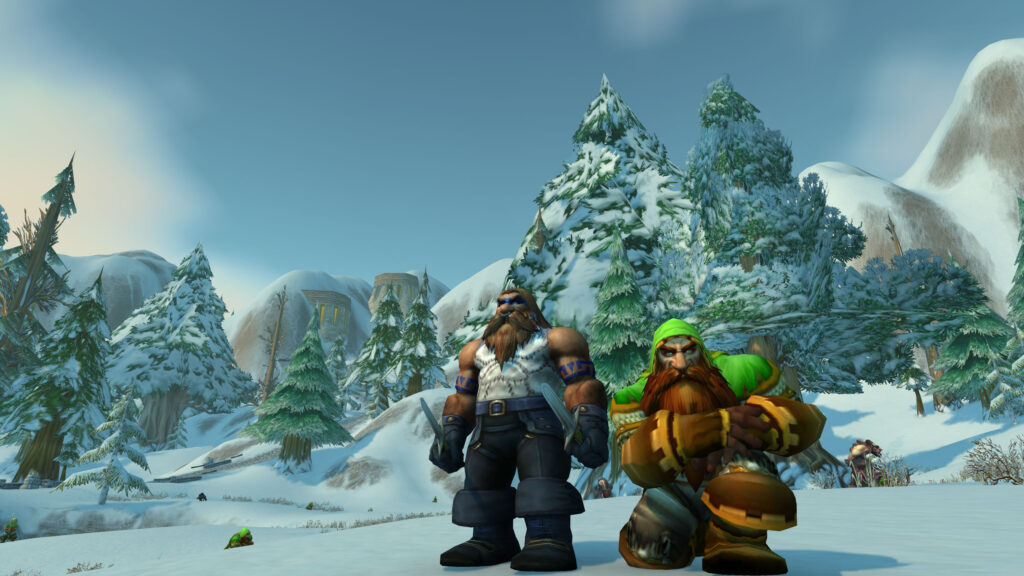
This unity has opened new opportunities. Joint excavations have uncovered lost Titan vaults faster than any clan could alone. Armories now feature hybrid weaponry—Dark Iron steel reinforced with Bronzebeard engineering and Wildhammer enchantments. Even cultural ceremonies, like the Festival of Stone and Flame, now include rituals from all clans, strengthening bonds not just in war, but in identity. Inter-clan marriages, once rare and frowned upon, are now seen as bridges between bloodlines. The union is not without tension, of course—old rivalries do not vanish overnight—but the benefits far outweigh the frictions. Together, the clans can build an Azeroth stronger than any single forge, hammer, or rune could craft alone. Their alliance symbolizes something deeper: that in a world always threatened by outside forces, true power lies in standing as one. The Dwarves are proving that ancient traditions and modern threats can shape a future forged in unity and strength.
Current Dwarven Leadership
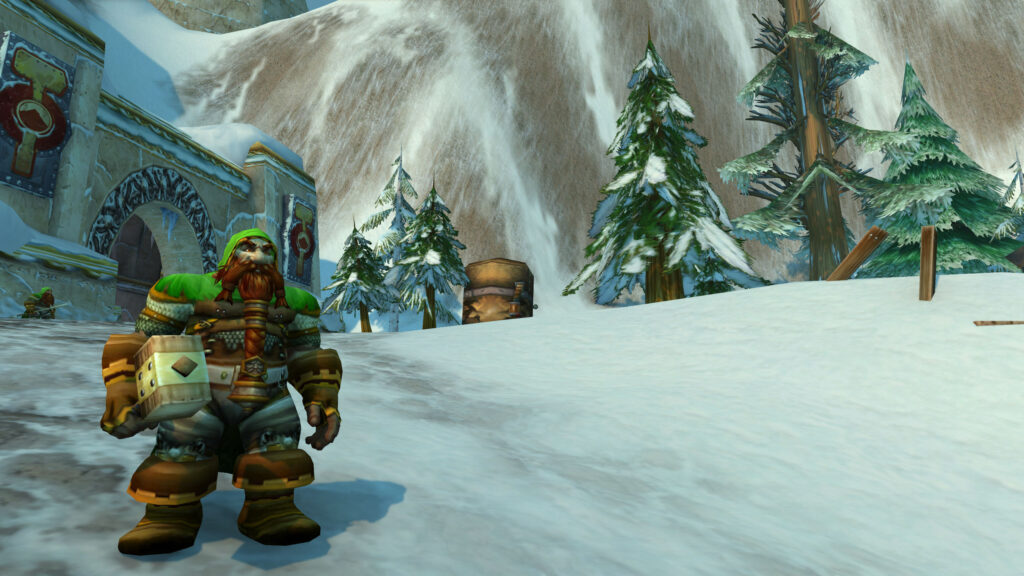
Leadership within the united Dwarven structure has taken form through the Assembly of the Anvil, a neutral council established to represent all three clans equally. This council meets deep beneath Ironforge in a newly constructed chamber carved from stone older than the War of the Ancients. Muradin Bronzebeard represents the traditionalists, upholding military integrity and technological discipline. Falstad Wildhammer brings the voice of nature and tribal wisdom, often reminding the council of the land’s ancient spirits and the importance of aerial mobility. Moira Thaurissan, controversial yet indispensable, speaks for the reformed Dark Irons and champions aggressive innovation and bold tactics. Their combined leadership has already proven effective, overseeing construction of a unified command fortress known as Stonegrip Hold. This facility trains warriors from all three clans and functions as a research hub for Titan relic studies. The Assembly aims not to erase individual identities, but to forge collective strength through representation and compromise.
| Clan | Leader | Specialty |
|---|---|---|
| Bronzebeard | Muradin Bronzebeard | Engineering and military coordination |
| Wildhammer | Falstad Wildhammer | Gryphon-riding, shamanic traditions |
| Dark Iron | Moira Thaurissan | Forging, elemental mastery |
The Future Beneath Azeroth
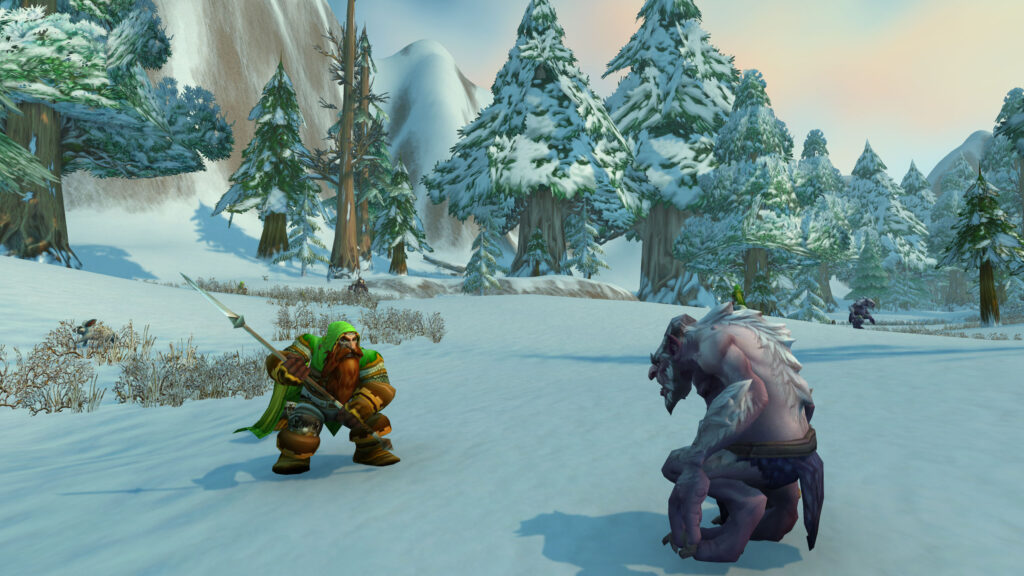
As whispers of Nerubian brood queens stir and the Void seeps into ancient vaults, the Dwarves know that this alliance is not merely ceremonial—it is survival. Delving teams now enter dangerous ruins together, combining Wildhammer scouts, Bronzebeard tacticians, and Dark Iron spellbreakers. Their cooperation has already halted several underground incursions that could have devastated nearby settlements. Beyond military concerns, scholars across the clans now collaborate on deciphering Titan scripts and activating ancient machines previously deemed irreparable. This is a golden age of rediscovery, protection, and prosperity for the Dwarves, but only if they remain vigilant and unified. The future promises challenges—from elemental rifts to deeper truths buried in Azeroth’s core—but for the first time in millennia, the Dwarves face them not as three clans, but as one people. The stone beneath Azeroth is no longer divided; it trembles with the unified steps of a reborn Dwarven legacy, ready to shape the world above and below.
